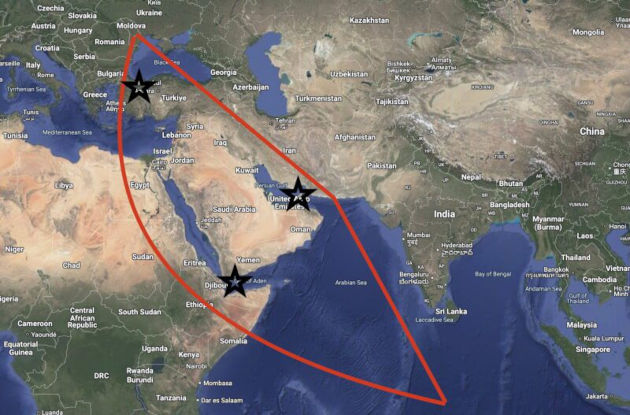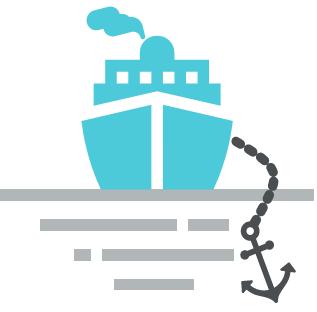Iran’s “IMEX 2024” Naval Drills: Strengthening Ties with Russia Amid Regional Tensions
Iran has commenced naval drills in the Indian Ocean, dubbed “IMEX 2024,” featuring participation from Russia and Oman, amid heightened tensions in the Gulf region. The exercises, which started today, include nine other observing nations, highlighting a significant gathering of both regional and global powers interested in the Middle East’s strategic waterways.
Iranian state television describes these maneuvers as a display of goodwill and capabilities to maintain peace. However, “IMEX 2024” transcends a typical military exercise, signaling a strategic alliance between two of NATO’s main adversaries, Iran and Russia. According to Press TV, the drill aims to enhance collective security, foster multilateral cooperation, and showcase the commitment to maritime safety and friendship. This assertion seems ironic given the current geopolitical climate, where Iran and Israel are engaged in missile exchanges, Iran-aligned Houthi rebels are disrupting trade in the Red Sea, and Russia is attacking ports and ships in the Black Sea.

These naval activities reflect the intentions of Iran and its allies to assert a more proactive role in securing critical maritime passages essential for global commerce. The drills build upon Iran’s previous military exercises, including joint operations with China and Russia earlier this year in the Gulf of Oman. This collaboration suggests a strengthening of military ties to counter regional tensions and external pressures, particularly from the United States. Recently, Iran’s army and the Islamic Revolutionary Guard Corps conducted their largest naval exercises in southern waters, featuring a fleet of 580 vessels, which included ocean-going warships and destroyers in the Persian Gulf and the Strait of Hormuz.
The timing of “IMEX 2024” is particularly noteworthy, coinciding with escalating conflicts in the Middle East. The ongoing war between Israel and Hamas in Gaza has intensified, raising fears of a broader regional confrontation. Additionally, Yemen’s Iran-backed Houthi rebels continue to threaten maritime security by attacking both commercial and NATO ships in the Red Sea. In response, the United States has conducted B-2 stealth bomber raids against targets in Yemen.
International reactions to the drills have been cautious. While countries possess the sovereign right to conduct military exercises, the collaboration between Iran and Russia is under scrutiny by global powers concerned about shifts in the balance of power.
The northwestern Indian Ocean has emerged as a focal point for global power dynamics, with various nations vying to expand their influence. China’s establishment of a naval base in Djibouti illustrates this trend, providing the capability to project power and protect maritime interests along critical trade routes.
Recent developments regarding the Chagos Archipelago have further complicated the region’s geopolitical landscape. The British government’s preliminary agreement to transfer sovereignty of the Chagos Islands to Mauritius raises strategic concerns, especially since the archipelago includes Diego Garcia, home to a significant U.S. military base. While the agreement aims to address historical grievances, security analysts warn that increased Chinese influence in Mauritius could pose challenges to U.S. maritime security in the area.
Connecting various recent events—including attacks in the Red Sea, the Israel-Hamas conflict, the Ukraine war, strengthened Russia-Iran ties, conflicts in the Black Sea, and China’s military presence in Djibouti—reveals a triangle of maritime coercion involving critical choke points: Bab-el-Mandeb, the Strait of Hormuz, and the Bosphorus. This triangle positions China, Russia, and Iran at key strategic points, raising concerns about regional stability.
As the naval drills unfold, they highlight the complexities of security in the Middle East and the strategic importance of maritime cooperation among Iran, Russia, and China. While the exercises claim to underscore the commitment to safeguarding maritime routes, they are likely to reinforce broader geopolitical shifts that are redefining alliances and power structures in the region.

